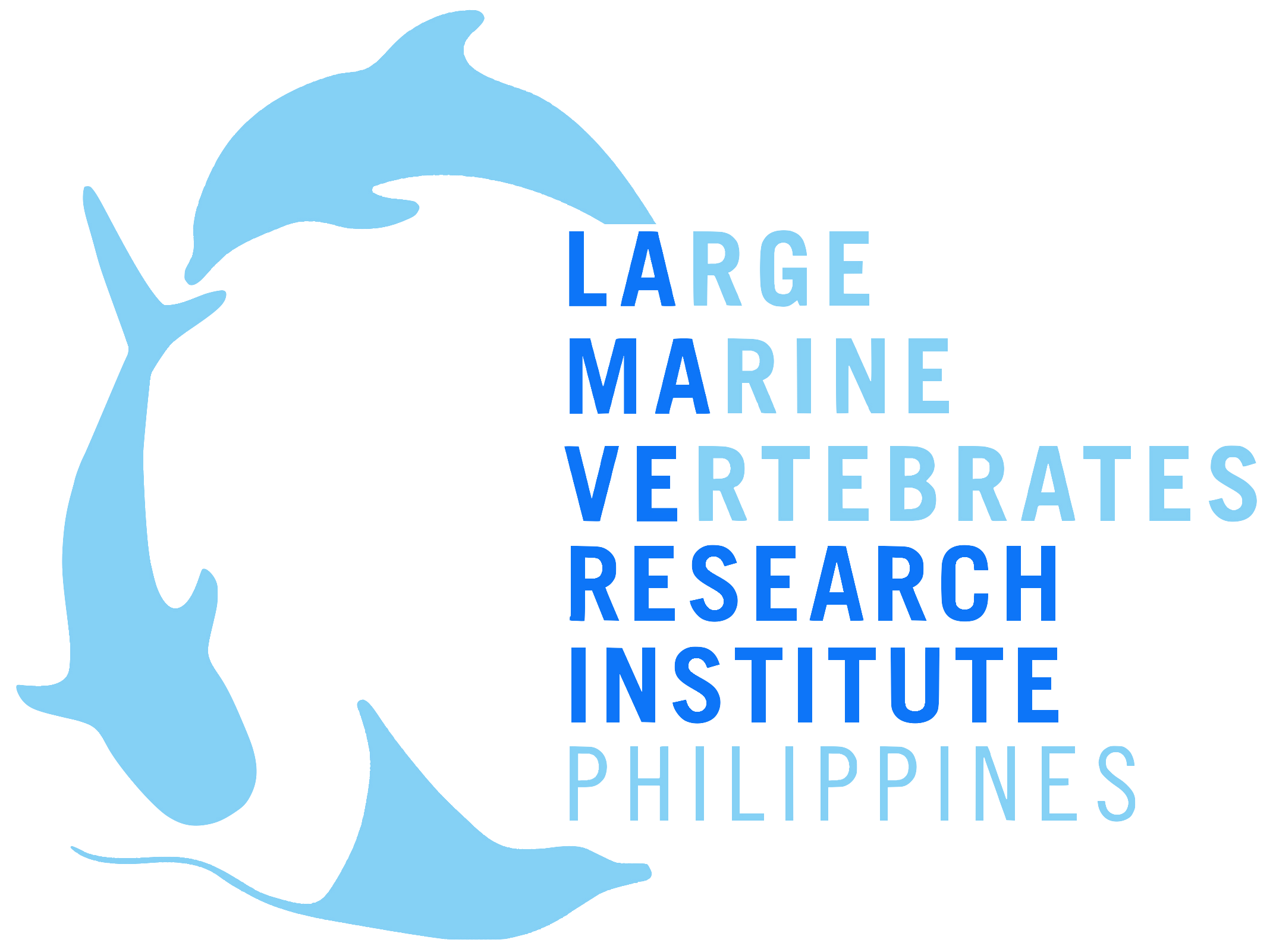VOLUNTEER BLOG
Diving into science
By Lene From Christensen
It’s close to 6 o’clock in the morning. The sun rose just as we left the diveshop. The captain shouts “50 meters”. I better get ready, weights, mask, fins, air is open, okay I am good to go. I look at my buddy “ok”. The captain shouts “10 meters”. I look at my buddy: “ready? 3-2-1 go!” Backroll into the fresh, chilled water. Orientate “ahh no current, it’s gonna be a good day”. Get the gear from the boat crew and descend. Immediately, my buddy and I spot the well-known and recognizable shape of the Remote Underwater Video (RUV) at the bottom, let’s get to work.
This is how most of my days as a volunteer with LAMAVEs Manta Bowl Project in Ticao Island began. Other days were dry-days spent behind the computer processing the data recorded from the RUVs we have deployed.
I write this blog post as I am on my way back home to Denmark after spending six weeks in the Philippines. It feels like the perfect time to reflect a little bit on my experience. Back home in Denmark I have been working as an economist for ten years, and in my spare time I have been traveling the world to many amazing and interesting dive destinations. But when I decided to join LAMAVE, it was with one single goal in mind, I wanted to learn how it was to work with science and marine conservation. And now, looking back at my time spent at Ticao Island with amazing and dedicated people, I can say that this goal was more than fulfilled, and I really had the opportunity to get hands-on-experience with that kind of work.
For you guys out there considering joining a marine conservation project, I want to share with you my experience about the diving. I guess a lot of you are very interested in the ocean and maybe you are already an experienced diver, free diver or snorkeler. Before joining LAMAVE I was mostly used to fun-diving, where you are spending an hour under water looking at beautiful corals, fish, sharks, wrecks or whatever you stumble upon. Maybe you are diving alone with your buddy, maybe you are together with a group following a dive guide. Nonetheless, the point is that the diving is the experience. This is very different from when you are doing “scientific diving”. In scientific diving science is the point.
A reef manta ray recorded on the Remote Underwater Video (RUV)
Science being the point means that you are basically diving, because this is the only way to collect the data to do your research. You need to deploy and retrieve the RUVs, so that you can get the data from the camera to your laptop – or you need to assist with the removal of a lost and forgotten fishing net that is entangled and endangering the corals. The point is, you have a job to do while you are under water – even if the weather is not too good, the visibility is bad, or the current is strong. More practically it also means, that you might have to do lots of shorter dives, because you need to move around to the different cleaning stations where the RUVs are placed. But luckily, the animals do not know that you are a hard-working diver, so often you will have amazing encounters with manta rays, sharks or other great stuff anyway. This is also why you get to bring a normal camera on your dives – just in case something interesting passes by. Back on land you also have a lot to do. Analyzing the data and documenting the sightings are a major part of the job. This is where you as a volunteer really get the feeling that you are contributing to a marine research project.
When you suddenly use your diving as a tool instead of diving being the objective, you add a whole new and valuable dimension to your dive experience and your diving skills. But at the same time, I think it is also a good thing for everyone to consider, before joining this kind of project. Are you ready to use your diving as a tool instead of it being an activity in itself? If you are, I can truly recommend volunteering with LAMAVE to everyone, who loves the ocean and wants to contribute to its protection. I have learned so much as a person, but I have also learned so much as a diver – and I enjoyed every minute of it.
Lene Fron Christensen getting ready to dive Manta Bowl with the team.
Lene From Christensen originally from Denmark took a master in Economics, yet she is incredibly passionate about the ocean. She recently volunteered as part of LAMAVE Research and Conservation Project studying rays in Manta Bowl, Ticao. One of her highlights was whilst deploying the Remote Underwater video a manta ray cruised by in the background (see the photo below!).
Lene deploys the Remote Underwater Video system, while a manta ray cruises by in the background, unknown to her!







7 One-of-A-Kind Experiences as a LAMAVE Volunteer
Just like any other volunteering opportunity, signing up with LAMAVE is a great way to contribute your time and skills to something bigger – marine conservation. But joining LAMAVE is unique in itself because it is more of a commitment – you have to be passionate and dedicate at least three months of your life to volunteering with us.